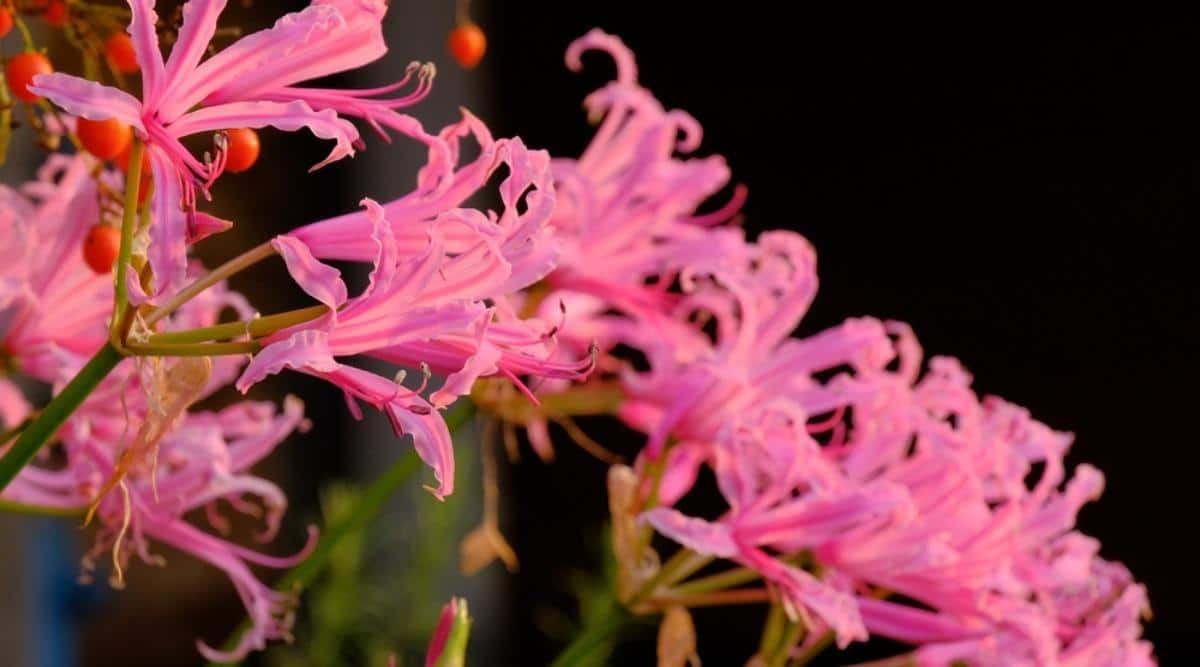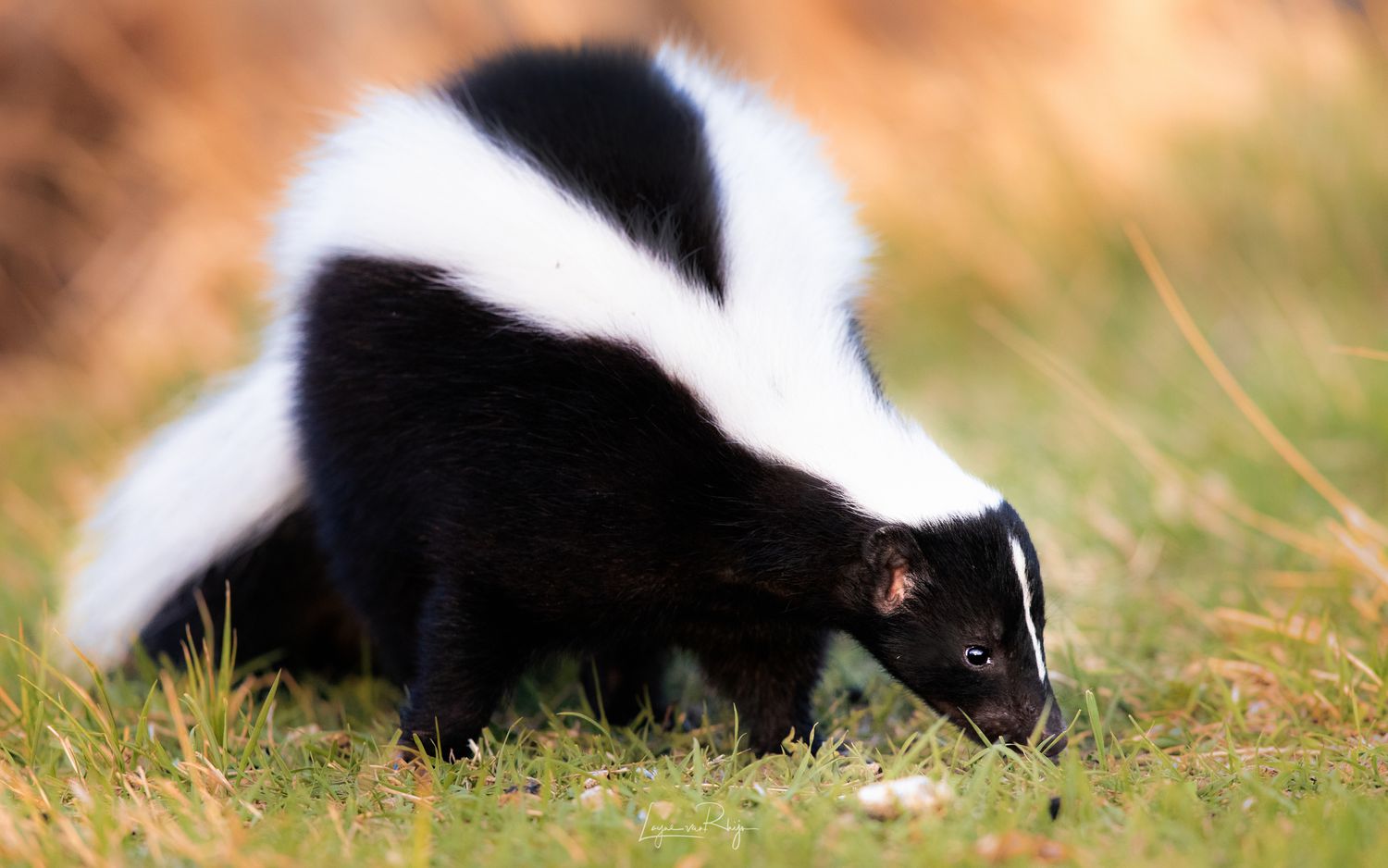japanchildrenrights.org – The Guernsey Lily (Nerine sarniensis) is a stunning flower known for its vibrant, lily-like blooms that brighten gardens in late summer and early fall. Native to South Africa but named after the island of Guernsey, where it naturalized, this bulbous perennial is treasured for its star-shaped flowers in shades of pink, red, and white. In this article, we’ll delve into the characteristics, care, and benefits of growing the Guernsey Lily.
Characteristics of the Guernsey Lily
The Guernsey Lily produces dazzling clusters of trumpet-shaped, star-like flowers on slender, leafless stems that can reach up to 18 inches tall. Each bloom has delicate, crimped or ruffled petals that shimmer with a metallic sheen, giving the flowers a unique, radiant appearance. The blooms appear in shades of pink, red, salmon, and occasionally white, creating a bold display that stands out in the garden.
Guernsey Lilies bloom in late summer to early fall, making them a valuable addition to the garden when many other flowers are starting to fade. After flowering, the plant develops long, strap-like leaves that remain green throughout winter before dying back in spring. This unusual growth pattern adds an interesting dynamic to gardens.
Ideal Growing Conditions
The Guernsey Lily is a relatively low-maintenance plant but thrives best when given the right conditions. Here are some key growing tips to ensure healthy blooms:
- Sunlight: Guernsey Lilies prefer full sun to partial shade. In cooler climates, they thrive in full sun, while in hotter regions, a bit of afternoon shade can help protect the plant from excessive heat.
- Soil: Well-drained soil is crucial for Guernsey Lilies, as their bulbs are prone to rot in overly wet or waterlogged soil. They grow best in light, sandy, or loamy soils.
- Watering: During the growing season, water sparingly but consistently, allowing the soil to dry slightly between waterings. Reduce watering once the leaves start to die back in spring, as the bulbs enter dormancy.
- Planting: Plant the bulbs in late spring or early summer, around 3 inches deep, with the neck of the bulb exposed above the soil surface. Guernsey Lilies prefer to be undisturbed once planted, so choose a permanent location for them.
Benefits of Planting Guernsey Lilies
The Guernsey Lily offers several benefits that make it an excellent choice for gardeners seeking late-season color and a touch of elegance:
- Late Blooming: Guernsey Lilies bloom in late summer and fall, providing a burst of color when many other flowers have finished for the season.
- Compact and Versatile: Their compact size makes Guernsey Lilies suitable for containers, garden borders, or rock gardens, where they can add height and visual interest.
- Low Maintenance: Once established, Guernsey Lilies require minimal care. They are drought-tolerant and can thrive with little water during the dormant period.
- Long-Lasting Blooms: The vibrant flowers of the Guernsey Lily can last for weeks, adding long-lasting beauty to your garden or as cut flowers in a vase.
Creative Garden Uses
Guernsey Lilies are ideal for adding late-season interest to garden beds and borders. Their vibrant blooms create a striking contrast when planted alongside evergreen shrubs or ornamental grasses. They can also be grown in pots or containers, making them perfect for patios, balconies, or small spaces. When planted in clusters, they create a bold and eye-catching display.
For an even more dramatic effect, consider pairing Guernsey Lilies with other late-blooming plants like Japanese anemones, sedums, or asters. Their bright colors and unique, crimped petals will stand out beautifully against a variety of textures and foliage.
Conclusion
The Guernsey Lily is a stunning, low-maintenance plant that adds a burst of vibrant color to gardens in late summer and fall. With its unique star-shaped blooms, shimmering petals, and compact growth habit, the Guernsey Lily is an excellent choice for gardeners looking to extend their garden’s blooming season. Whether planted in beds, borders, or containers, the Guernsey Lily is sure to bring elegance and beauty to any outdoor space.


